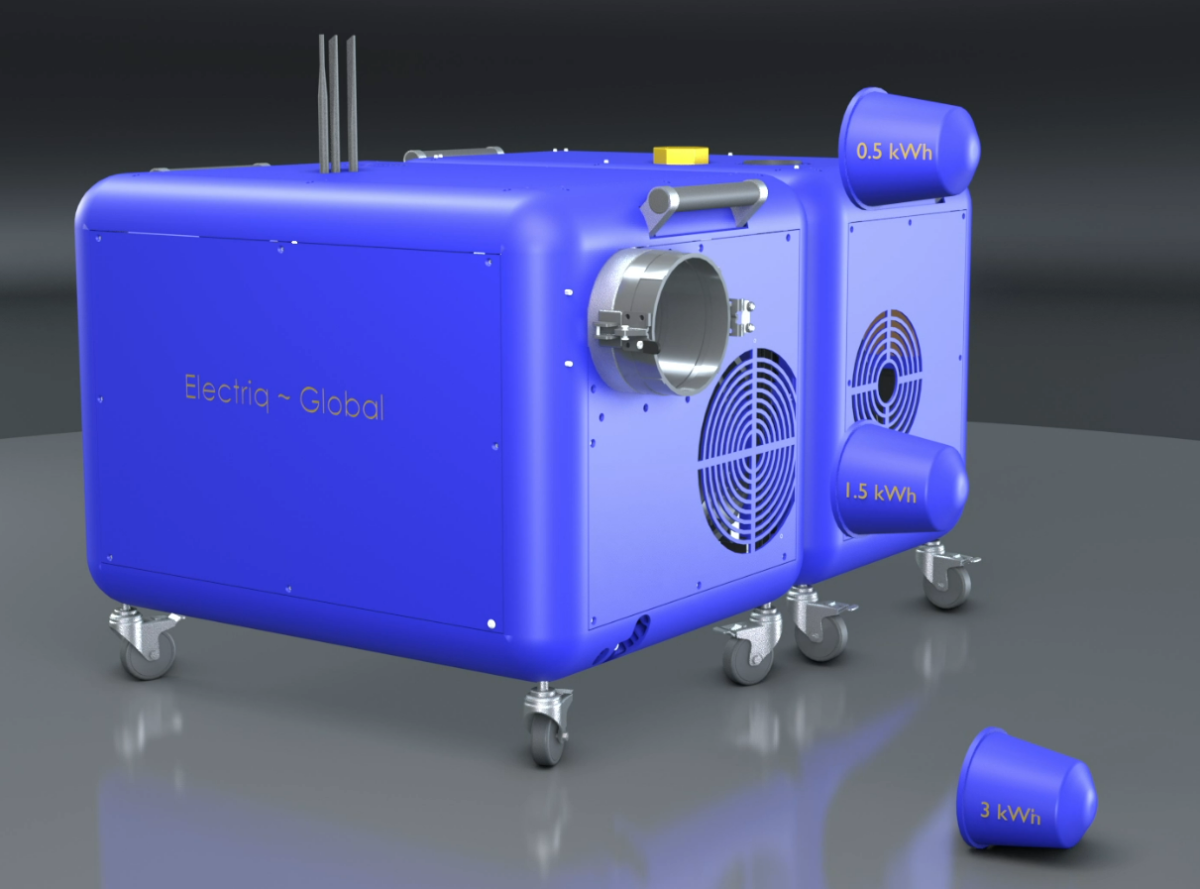Electriq and Zenith Energy Terminals have agreed to build a facility to produce Electriq Powder, a solid hydrogen carrier, at the Port of Amsterdam. “Electriq Powder features superior safety and energy density, compared to compressed and liquified hydrogen. The release of hydrogen from the powder and conversion into electricity is done through a proprietary, compact release unit,” said Electriq. The Israeli startup said it wants to start making hydrogen powder from green hydrogen by 2025.
Universal Hydrogen has flown a 40-passenger regional airliner using hydrogen fuel cell propulsion, in the first flight of its kind. The aircraft took off from an airport in the US state of Washington and flew for 15 minutes. “The flight, conducted under an FAA Special Airworthiness Certificate, was the first in a two-year flight test campaign expected to culminate in 2025 with entry into passenger service of ATR 72 regional aircraft converted to run on hydrogen,” said the US-based hydrogen-powered aviation specialist.
BP has launched a green hydrogen cluster in Castellón, Spain. “Led by BP, this public-private collaborative initiative is intended to be based around the phased development of up to 2 GW of electrolysis capacity by 2030 to produce green hydrogen at BP's refinery,” said the UK oil and gas giant. BP expects to invest up to €2 billion ($2.12 billion) in the Castellon facility by 2030.
Toyoda Gosei has unveiled new high-pressure hydrogen tanks. “These newly developed large tanks can be filled with about eight times as much hydrogen as the passenger fuel cell vehicle tanks Toyoda Gosei produces for the Toyota Mirai (the second-generation model), which are installed in the rear of that vehicle,” said the Japanese company.
Popular content
Enapter has started producing a water-cooled variant of its AEM Electrolyser EL 4.0 solution, which enables the direct connection of external cooling systems to optimize thermal management and efficiently use waste heat. “The heat is released via a secondary circuit and can be combined with a heat pump. A common cooling circuit with other components such as water-cooled fuel cells is also possible,” said the German hydrogen generator manufacturer. The AEM Electrolyser EL 4.0 LC is available in AC and DC versions.
The European Investment Bank (EIB) has revealed plans to strengthen support for green hydrogen investment in Kenya. The EIB said it expects to initially mobilize €1.8 million of grants to support initiatives in the country.
This content is protected by copyright and may not be reused. If you want to cooperate with us and would like to reuse some of our content, please contact: editors@pv-magazine.com.


It would be interesting to know the efficiency of such a way to store energy.
For example, if we want to store 1 kWh of electricity by the usual hydrogen way, we gonna loose ~30% of energy during the electrolysis (fabrication of hydrogen gas from water and electricity), and ~20% during the gas compression (to store the gas in a tank), and ~50% in the fuel cell to have our electricity back later. Finally, from the kWh of electricity we had at the beginning, we get back only ~0,3 kWh when we burn the hydrogen in the fuel cell. That means we have a global efficiency of 30%
What is the global efficiency to store energy of this powder hydrogen way ? from the beginning (amount of energy used during the WHOLE process, from electricity to powder) to the end (amount of energy created back) ?